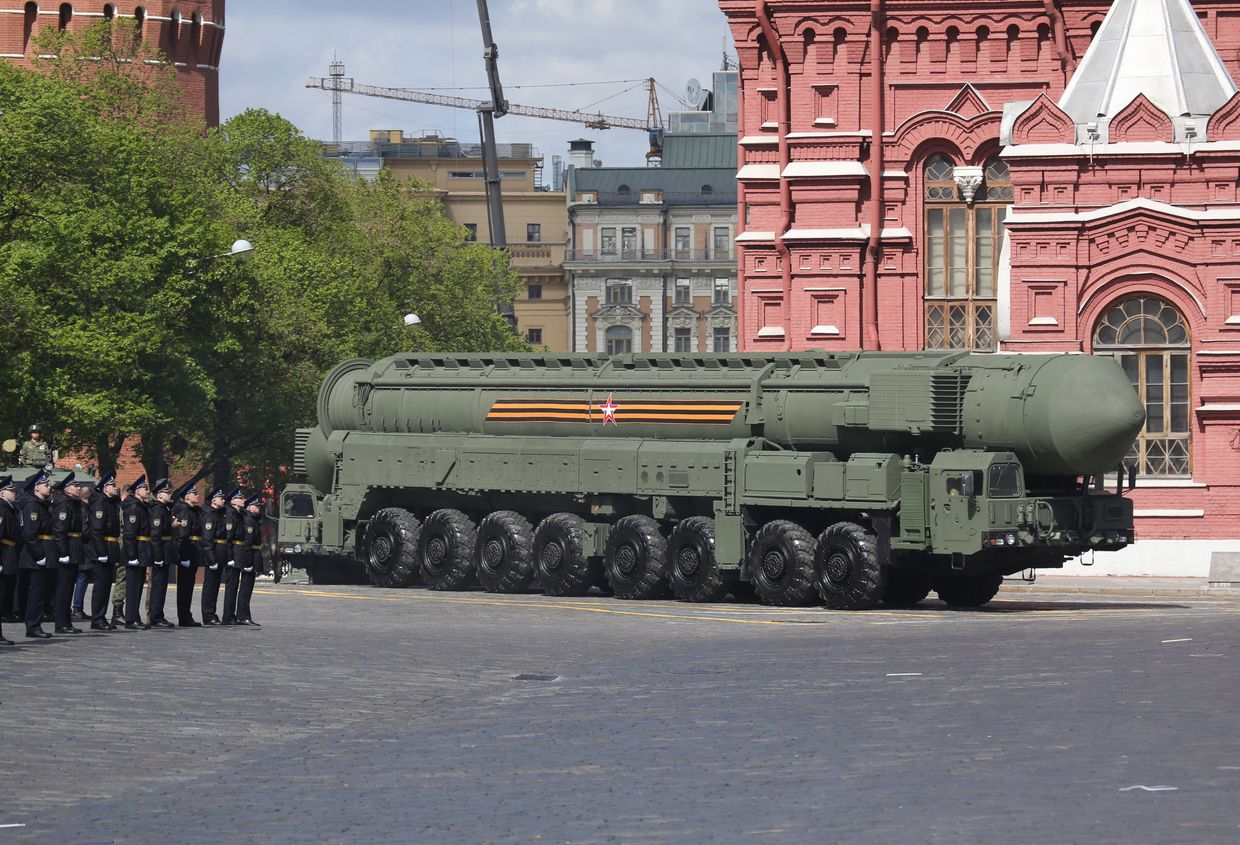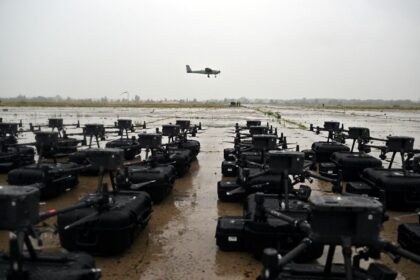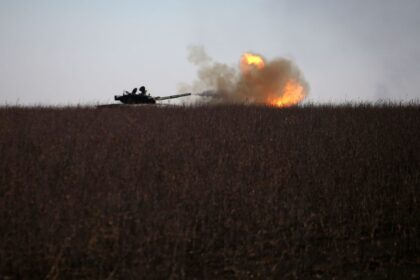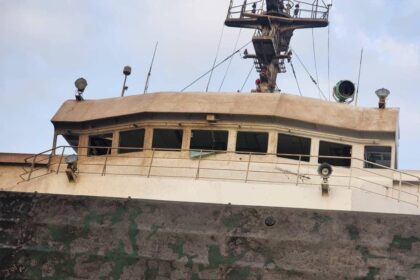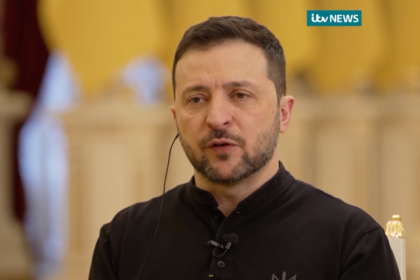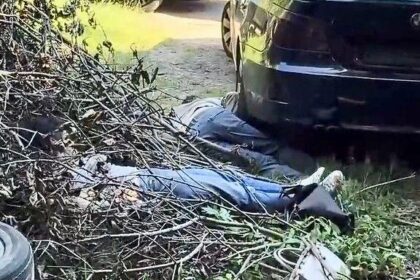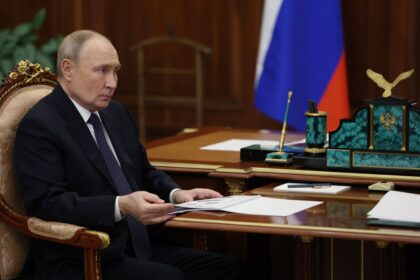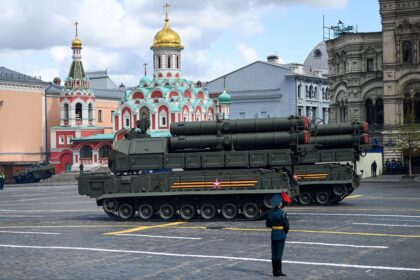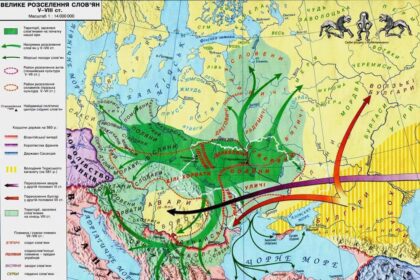**Russia’s Nuclear Expansion: A Concern for Europe**
Satellite images have revealed that Russia has been expanding and modernizing at least five nuclear-related facilities near European borders in recent years. This development is a cause for concern for NATO, particularly in the militarized Russian exclave of Kaliningrad, which is located between Poland and Lithuania.
According to Swedish broadcaster SVT, new imagery obtained from Planet Labs shows significant reconstruction at a suspected nuclear weapons storage site in Kaliningrad. The images taken in May 2025 show the addition of triple-layered fencing, new buildings, and advanced communications equipment. Polish Foreign Minister Radoslaw Sikorski previously estimated that up to 100 tactical nuclear warheads might be stored at the site.
This expansion is part of Russia’s broader efforts to modernize its nuclear capabilities, which has been a concern for European countries in recent years. The Osipovichi base in Belarus, a former Soviet nuclear storage facility, is also being renovated with new air defense installations and a modernized loading platform for rail-based logistics.
**Russia’s Nuclear Ambitions**
The expansion of Russia’s nuclear infrastructure near European borders is a deliberate tactic to exert pressure on Western countries, according to Tymur Tkachenko, head of the Kyiv City Military Administration. “This is a deliberate tactic of terror,” he said. The Kremlin has repeatedly used nuclear threats to pressure Ukraine and Western countries since the start of its full-scale invasion in February 2022.
Sweden’s Defense Minister Pal Jonson responded to the findings by saying that Stockholm is “closely monitoring” Russian nuclear capabilities. Sweden officially joined NATO in March 2024 after years of non-alignment, citing escalating Russian threats as a primary reason.
**Consequences for Europe**
The expansion of Russia’s nuclear infrastructure near European borders has significant consequences for the region. The potential deployment of tactical nuclear warheads in Kaliningrad poses a direct threat to Poland and Lithuania, two NATO member countries. The modernization of air defense installations at the Osipovichi base in Belarus also increases the risk of conflict in the region.
The EU has been critical of Russia’s actions, with European Commission President Ursula von der Leyen saying that sanctions are critical to putting pressure on Russia to secure a real ceasefire and bring it to the negotiating table. The bloc aims to increase domestic military spending in response to Russia’s ongoing threat.
**Conclusion**
Russia’s expansion and modernization of nuclear-related facilities near European borders is a cause for concern for NATO and EU countries. The potential deployment of tactical nuclear warheads in Kaliningrad poses a direct threat to regional stability, while the modernization of air defense installations at the Osipovichi base in Belarus increases the risk of conflict.
The international community must remain vigilant and take steps to address this emerging threat. As Tymur Tkachenko said, “This is not just an attack against Ukraine, but also an attack where American business is being hit.” The consequences for Europe could be severe if Russia’s nuclear ambitions are not checked.
Read More @ kyivindependent.com




